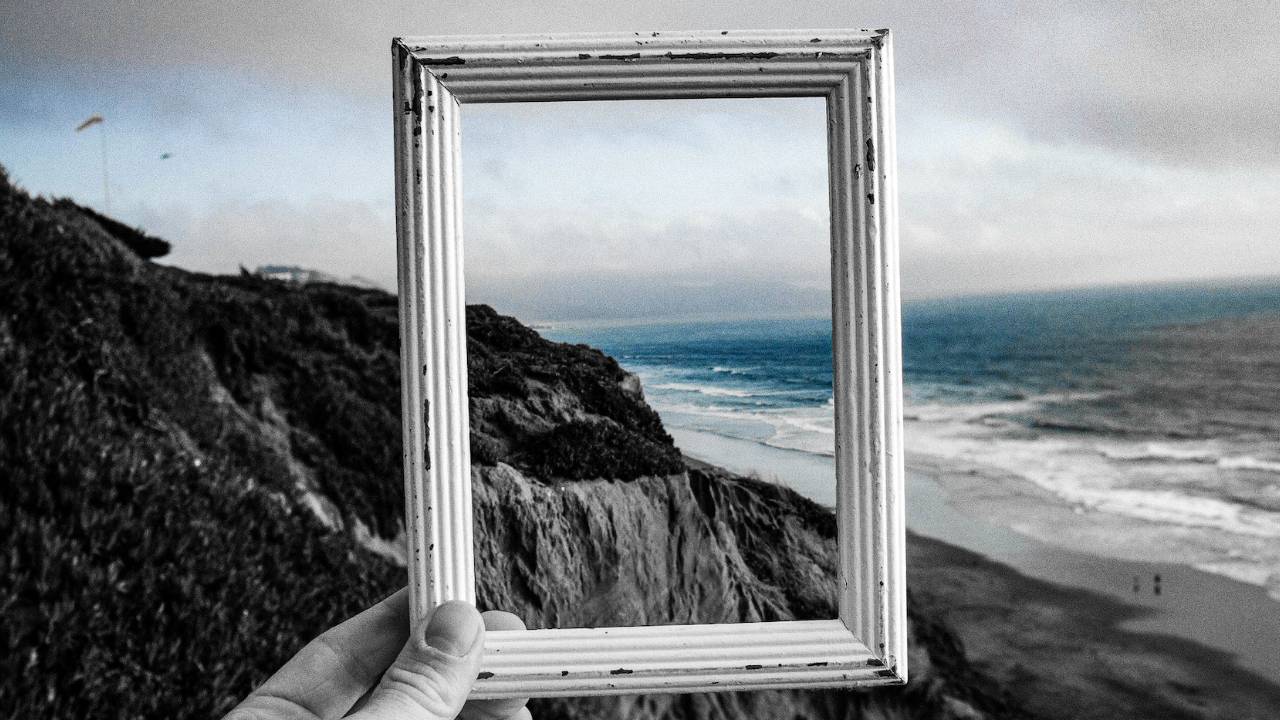Finding Creative Advice at the Westernmost Bookstore in the United States
Two suggestions for your creative practice from John Cleese's book Creativity
Every time I fly to Hawaii with Hawaiian Airlines, I read Hana you. It is the airline's magazine, and it is filled with great stories, beautiful photography of all the islands, and suggestions of what to do depending on the island you are visiting. I have been stealing the magazine for a while now because I didn't want to ask if I could take it, afraid they'd say no.
Next time you fly Hawaiian, feel free to do the same because the magazine is complementary with your ticket.
In one of those issues, I read about Story Talk. Story Talk is the westernmost bookstore in the United States, meaning, well, exactly what it says. It is the bookstore most to the west.
I had been trying to get to Story Talk for a few trips, but something always got in the way. The last time I was in Kauai, I visited it with my wife and daughters.
Hanapepe is a sleepy but artsy district of Kauai. It is known for a few things: it was used as the inspiration for Lilo & Stitch, it has a swinging bridge, a lot of art shops, and incredible hikes. It is also the area where acclaimed humorist Doug Kenney died.
We parked our car far from the bookstore to walk through the historical streets and check out the other stores.
We finally made it to Story Talk, and when we came in, I realized it wasn't like a regular bookstore. It had plenty of books, but they were mostly (if not all) used books.
It was still nice to be there. The atmosphere felt warm and friendly.
My wife checked the children's section with my daughters while I looked for a book, any book. Nothing was calling my name until I saw a title I recognized. A small book called "Creativity" by John Cleese.
This book has been on my reading list for a while. I expected a thicker volume from Cleese, who has an impressive comedic career and would've earned the right to write such a dense tome.
I was surprised that it was a very thin pamphlet with just a handful of short essays.
I ended up appreciating how concise it was. It is definitely worth the time as it is a very fast read. Two points stuck out to me, and they are explained through a study mentioned in the book.
Cleese talked about how researchers set out to study the differences between architects who were considered creative or not creative by their peers.
The study revealed one major difference, and it had nothing to do with intelligence, background, or education. The more creative architects delivered their work closer to the deadline.
Delaying delivery allowed architects to keep tinkering with the project at a conscious and subconscious level. I don't know what Cleese called it in the book, but it has many names.
My favorite name is what comedic writer and teacher Sally Holloway
called background processing. She might've borrowed it from someone else, too.
The idea is that your brain keeps working on projects in the background as you do other things like cooking, showering, and even sleeping.
Remember a problem you didn't know how to crack, then you went to bed and woke up with the solution.
That's background processing.
I have been intentionally using background processing in my writing practice. But not in the way that Cleese suggested it.
On my last storytelling performance, I edited until the end. Typically, I like to be done with the copy for a performance a week before I perform it, and I make very few changes to it in between. Typically, these changes are grammatical, or I change words if a word is too hard to pronounce with my accent.
But that's it.
After reading Cleese's book, I gave it a go and ended up editing my performance until the very end.
It was fantastic.
The first thing I noticed was my brain was still looking for improvements every time I rehearsed. I felt refreshed as I was going over and over the material.
I spent close to twenty hours working these seven minutes, so feeling refreshed is important for the work that goes into it and the performance itself.
Second, because I had memorized the bigger chunks of the story, making adjustments wasn't as drastic as I expected. I could easily add new jokes, rearrange the order of the text, and delete copy I didn't like until the moment I performed. If you watched the video, the moment where I crouched, when I was making the Santa bit, was something I came up with backstage as I was still rehearsing five minutes before I went on stage.
Overall, the combination of background processing and delaying delivery was very valuable advice from the book. It took me going all the way to one of the most western corners of the United States to learn it.
Do you use any similar techniques in your writing or practice?
Note from the author: You are receiving this email because you are subscribed to my storytelling newsletter, The Story Frame. The Story Frame has moved homes. I now host my newsletter on my Kajabi website, where I also host my free guides and courses.
I have updated my free One-Page Cheat Sheet to Write 1,000 stories based on feedback from those of you who downloaded it. This guide is more concise and action-oriented. I hope it can help you become a more consistent and productive writer and storyteller.





Responses